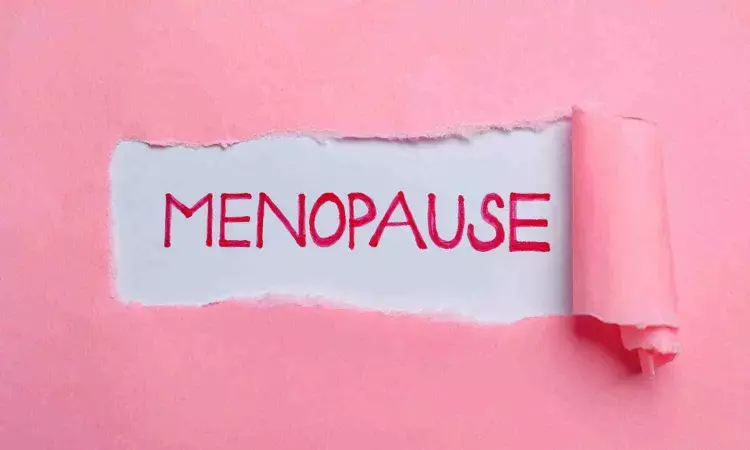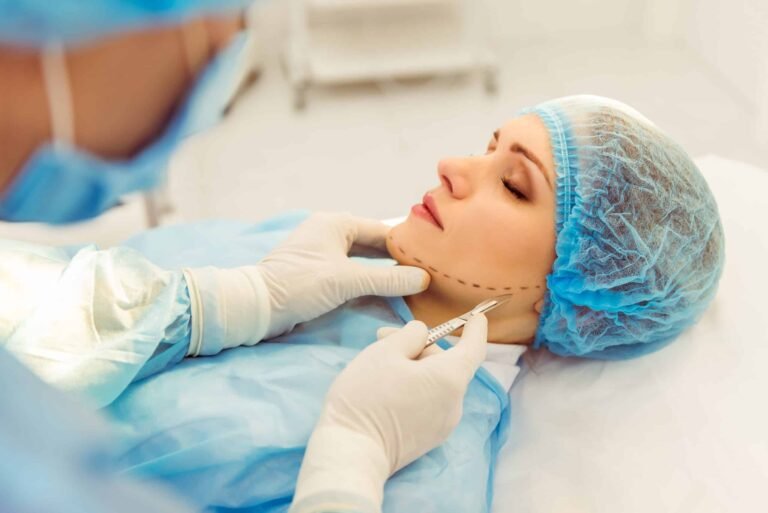Navigating menopause can be physically and emotionally challenging. For many women, hormone fluctuations bring about uncomfortable symptoms like hot flashes, mood swings, vaginal dryness, insomnia, and a decreased quality of life. Thankfully, Menopause Hormone Therapy (MHT)—also called Hormone Replacement Therapy (HRT)—offers effective relief. And for international patients, South Korea has emerged as a top destination for receiving safe, personalized, and science-backed MHT from highly skilled professionals.
This complete guide is designed for medical tourists considering menopause hormone therapy in Korea. It breaks down how the treatment works, what to expect during your visit, and why Korea’s healthcare system is a trusted option for managing menopausal symptoms.
🌟 Why Choose Korea for Menopause Hormone Therapy?
Korea’s advanced medical infrastructure, evidence-based treatment protocols, and patient-centric services make it a standout for women’s health treatments.
Key Advantages:
- 🌐 International-standard medical care
- 🧑⚕️ Board-certified endocrinologists and OB-GYN specialists
- 💬 English-speaking staff at major hospitals and specialty clinics
- 🔬 Access to bioidentical hormones and advanced diagnostic tools
- 📉 Affordable costs compared to the U.S., UK, or Australia
Korea also offers a holistic approach—many clinics combine hormone therapy with nutrition counseling, bone density monitoring, and integrative wellness support.
💡 What Is Menopause Hormone Therapy (MHT)?
MHT involves supplementing the body with estrogen and, in some cases, progesterone, to alleviate symptoms caused by declining hormone levels during perimenopause or post-menopause.
Types of Hormone Therapy Available in Korea:
- Estrogen-only therapy (for women who’ve had a hysterectomy)
- Combined estrogen-progesterone therapy (for women with a uterus)
- Bioidentical hormone therapy (BHRT) – plant-based, structurally identical to human hormones
- Low-dose vaginal estrogen – localized treatment for dryness and irritation
Treatment forms include:
- Oral tablets
- Transdermal patches
- Vaginal creams or rings
- Hormonal pellets (less common, but available in select anti-aging clinics)
👩⚕️ What to Expect During Your Menopause Treatment Visit in Korea
Here’s a step-by-step breakdown of what a typical treatment journey looks like for international patients.
1. Pre-Travel Planning
- Choose a certified women’s health or anti-aging clinic (e.g., G Clinic, Banobagi Women’s Center, CHA Gangnam Women’s Clinic)
- Schedule a virtual consultation to discuss symptoms, goals, and treatment preferences
- Prepare medical records, lab results, or prior hormone test reports (if available)
2. On-Site Evaluation in Korea
Once you arrive, your first appointment includes:
- Detailed symptom assessment and medical history
- Blood tests to measure hormone levels (estradiol, FSH, LH, progesterone, testosterone)
- Pelvic ultrasound or mammogram for safety screening
- Bone density scan (DEXA) if needed
3. Personalized Treatment Plan
Based on your test results and symptoms, the specialist creates a customized MHT plan, which may include:
- Starting dose and delivery method
- Follow-up schedule
- Lifestyle or nutritional recommendations to complement therapy
🧳 How Long Should You Stay in Korea?
Most patients stay 5–7 days:
- Day 1–2: Tests and consultation
- Day 3–4: Follow-up and medication plan review
- Day 5–6: Optional integrative treatments (e.g., acupuncture, IV nutrient therapy)
Longer stays are needed if opting for pellet therapy or combined wellness programs.
🏥 Recommended Clinics & Hospitals in Korea for MHT
Here are several trusted providers for menopause hormone therapy:
🔹 G Clinic (Gangnam, Seoul)
- Specializes in hormone balancing and anti-aging care
- Offers bioidentical hormone therapy and sexual wellness treatments
🔹 CHA Gangnam Women’s Hospital
- A top-tier OB-GYN hospital with a dedicated menopause clinic
- Comprehensive lab testing and breast cancer risk assessment
🔹 Banobagi Women’s Health Center
- Integrates aesthetics, hormone therapy, and gynecologic care
- Focus on personalized menopause treatment and long-term monitoring
🔹 Severance Hospital, Yonsei University Health System
- Tertiary care hospital with international patient support
- Best for women with complex conditions or coexisting health issues
🔐 Is Menopause Hormone Therapy Safe?
Yes—when carefully prescribed, monitored, and tailored to your unique profile. In Korea, MHT is prescribed following evidence-based guidelines from global medical bodies like:
- The North American Menopause Society (NAMS)
- Korean Society of Menopause (KSM)
- International Menopause Society (IMS)
Safety Measures Include:
- Baseline screening for breast cancer, uterine health, and blood clots
- Regular follow-ups every 3–6 months
- Use of the lowest effective dose for the shortest duration needed
⚠️ Not every woman is a candidate for hormone therapy. Medical evaluation is essential to rule out contraindications (e.g., history of breast cancer, liver disease, stroke).
🌱 Complementary Treatments for Menopause in Korea
Many clinics offer supportive care alongside hormone therapy:
- Acupuncture for hot flashes and mood regulation
- Herbal medicine (Korean Oriental clinics) for hormonal balance
- Nutrient infusions (e.g., magnesium, B-complex, glutathione)
- IV NAD+ therapy for cellular energy and aging support
- Weight management programs for menopausal weight gain
💬 Language & Medical Tourist Support
Many clinics offer:
- English-speaking coordinators
- Medical interpretation services
- Concierge support for hotel bookings and airport transfers
Some even provide telemedicine check-ins after you return home to monitor treatment progress or ship follow-up medications internationally.
💰 Cost of Menopause Hormone Therapy in Korea
Here’s a general breakdown for international patients (may vary by clinic):
| Service | Estimated Cost (USD) |
|---|---|
| Initial consultation & testing | $100–$300 |
| Blood tests & diagnostics | $150–$400 |
| Monthly hormone prescription | $50–$200 |
| Optional add-ons (IV, acupuncture) | $50–$150/session |
Final Thoughts
Menopause hormone therapy doesn’t have to be daunting—especially when you’re in expert hands. South Korea offers a balance of clinical excellence, affordability, personalized care, and supportive wellness treatments tailored to women’s changing needs.
Whether you’re seeking symptom relief or long-term hormonal balance, Korean menopause care centers provide a safe and empowering option for international patients.




